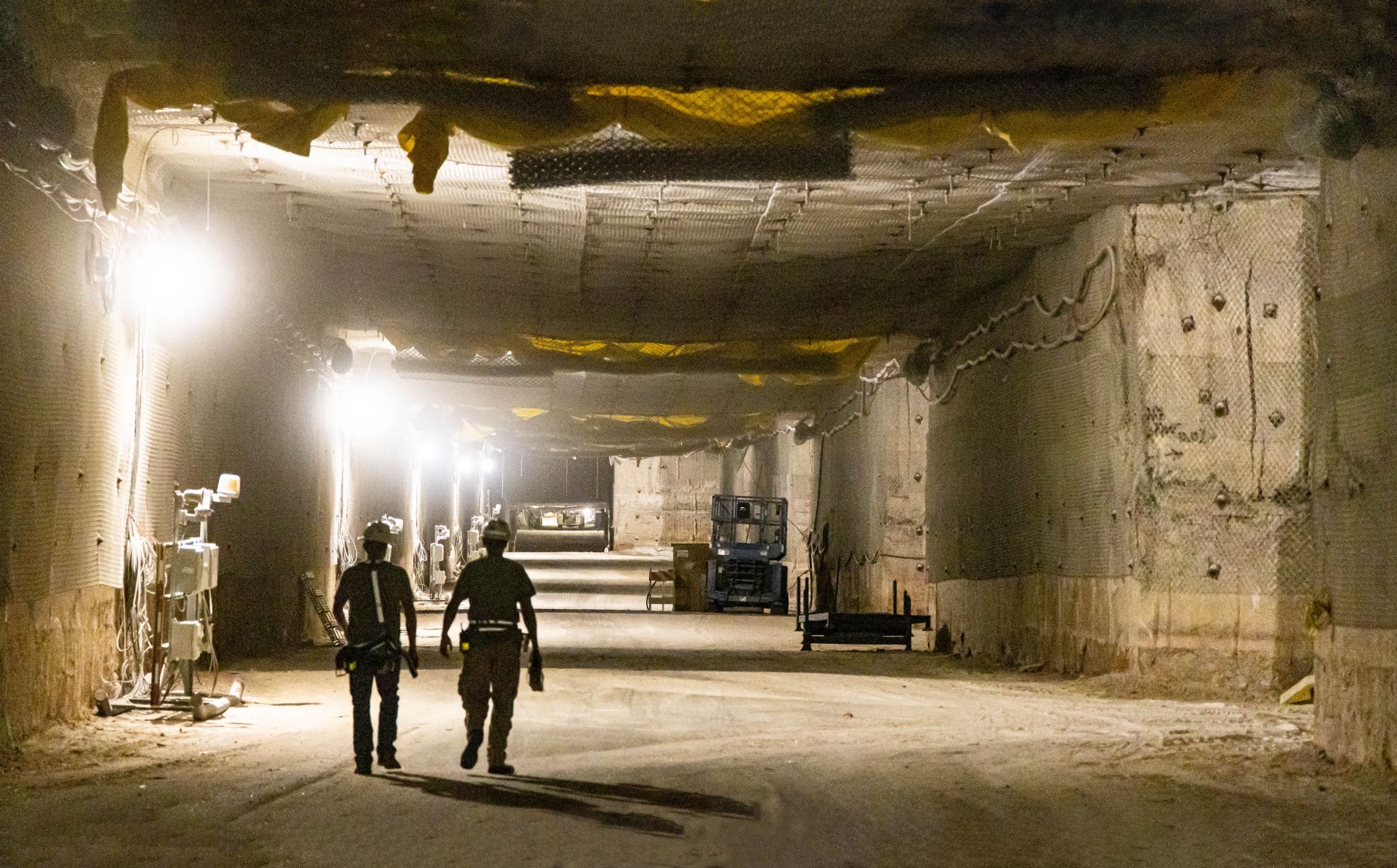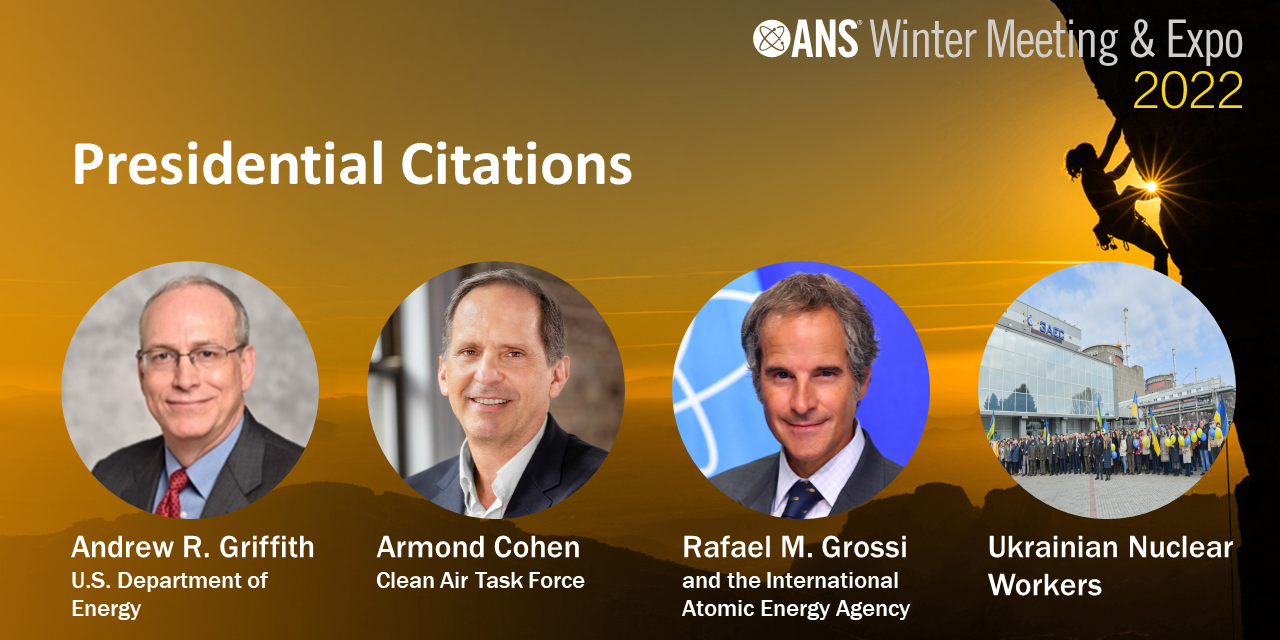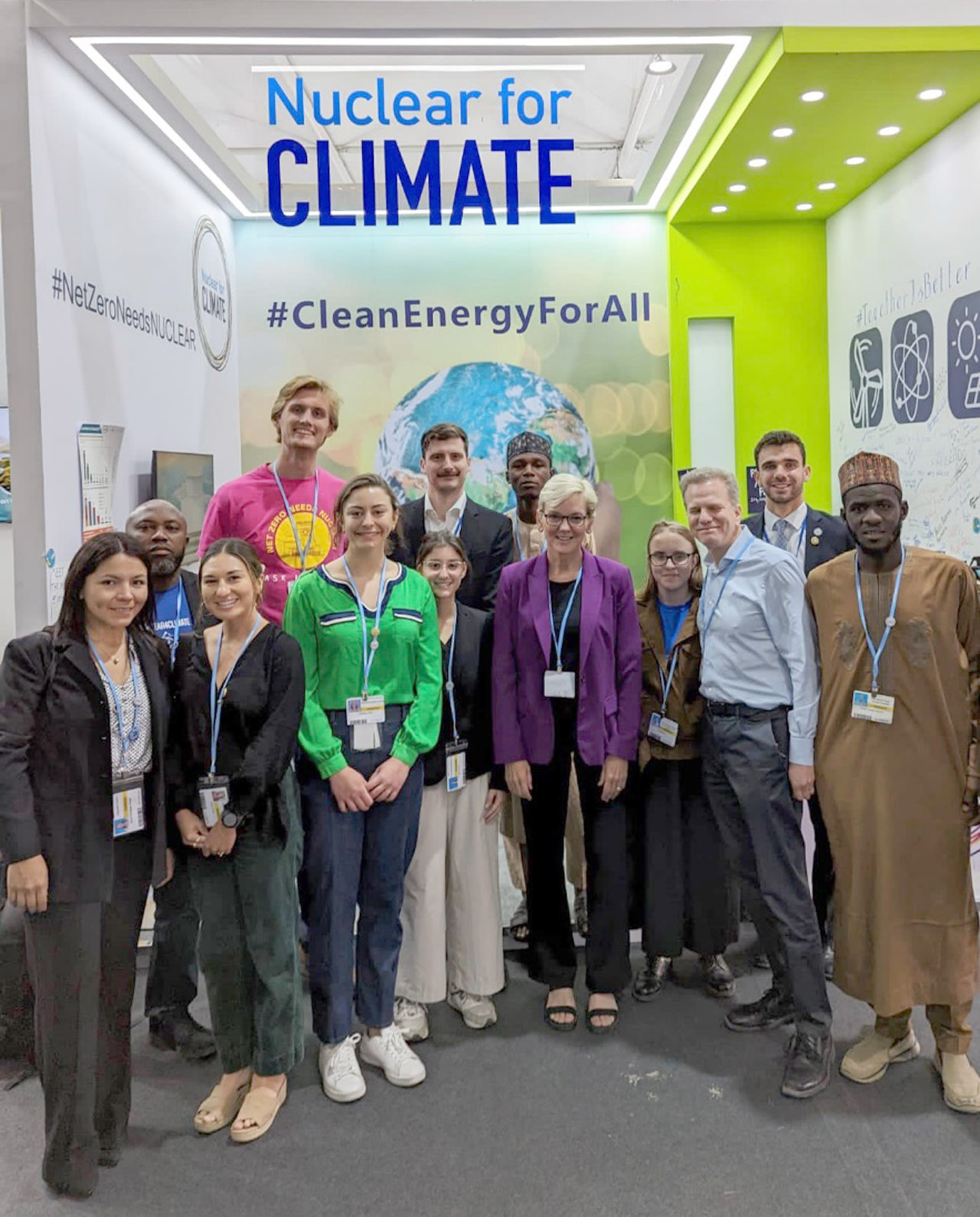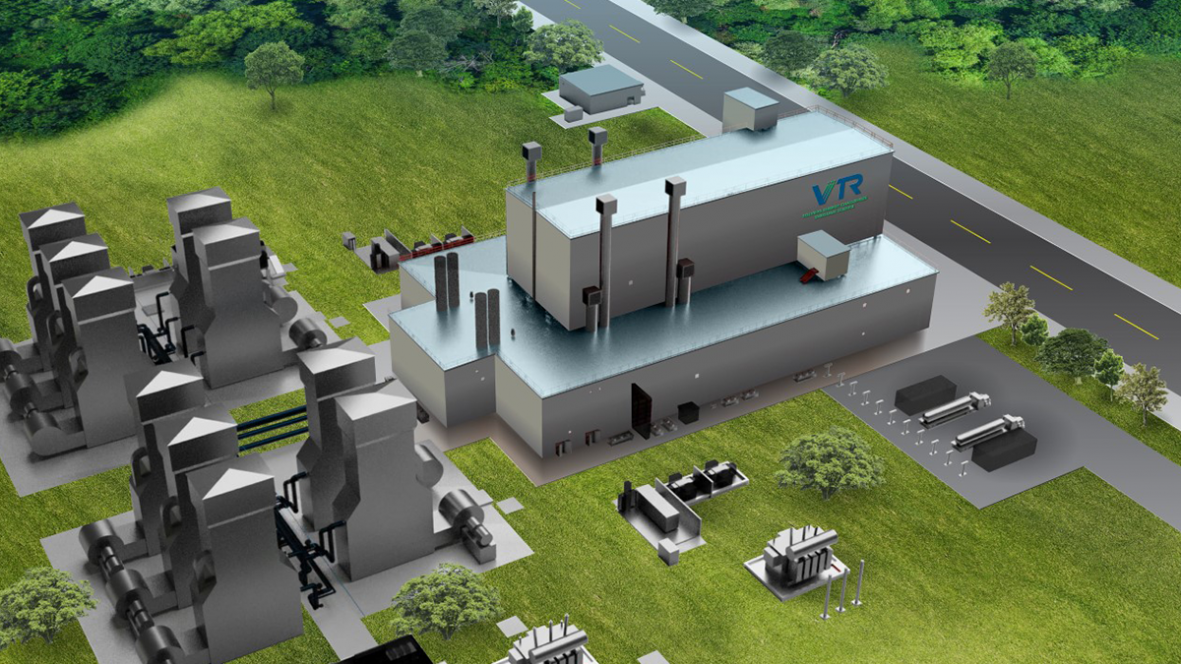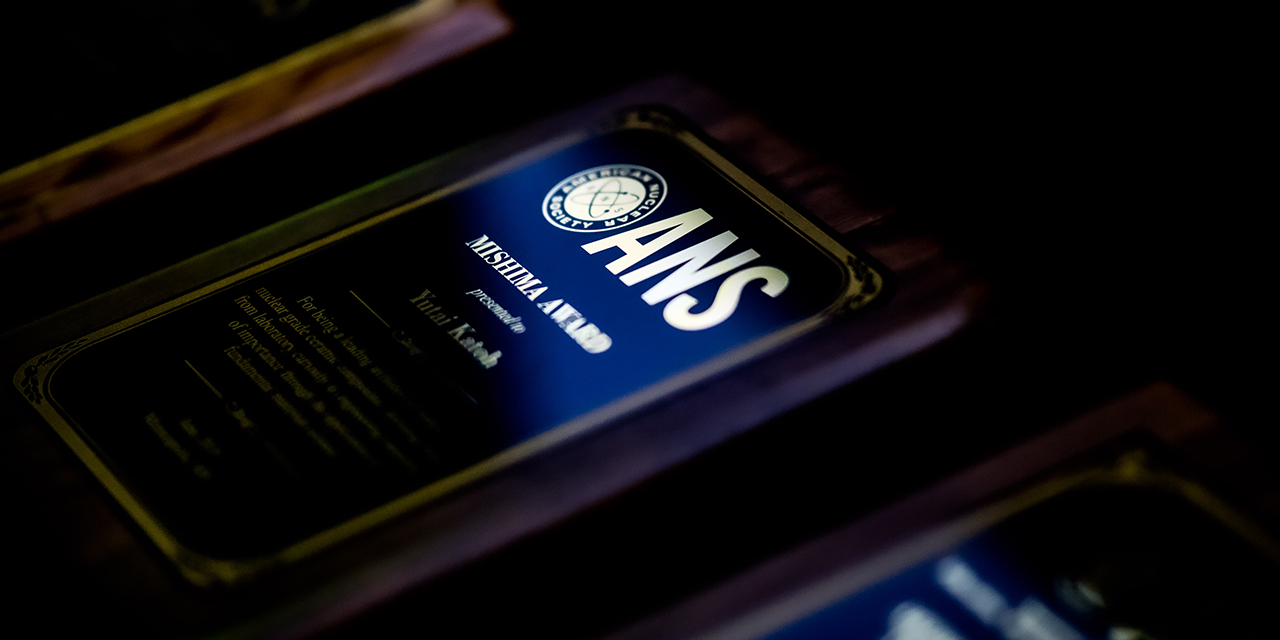Two workers walk down an underground passageway at the Waste Isolation Pilot Plant transuranic waste repository in New Mexico. (Photo: DOE)
While still lacking a deep geological repository for the permanent disposal of its commercial used nuclear fuel and high-level radioactive waste, the United States does have regulatory standards for geological nuclear waste disposal.
Having been written nearly 40 years ago, however, those standards are outmoded and lack transparency, according to a special committee of the American Nuclear Society, which has released draft recommendations on revising public health and safety standards for future geological repository projects in the United States.
Comments due April 14 for draft report aimed at revisiting EPA regulations
LA GRANGE PARK, Illinois – Today, the American Nuclear Society (ANS) released draft recommendations on updating public health and safety standards for the permanent disposal of commercial used nuclear fuel and high-level radioactive waste at future geological repository projects in the United States. The draft report provides a recommended framework for revisiting U.S. Environmental Protection Agency (EPA) geologic repository standards.
Energy secretary Jennifer Granholm (in purple blazer) and the ANS-sponsored delegates pose in front of the Nuclear for Climate booth at COP27.
Nuclear energy is no longer on the fringes of the international climate conversation. At COP27, the United Nations climate change conference held in Sharm el-Sheikh, Egypt, from November 6 to 18, pronuclear advocates were everywhere—and they were talking to everyone. They populated the International Atomic Energy Agency’s #Atoms4Climate pavilion, the first-ever nuclear pavilion in the 27-year history of the negotiations. Echoing such strong representation, the final statement issued by the conference used language that included nuclear power.
New open research publishing platform on the way for nuclear science and technology
The American Nuclear Society is launching an open research publishing platform with open research publisher F1000 Research Ltd., a subsidiary of Taylor & Francis Group.
After more than a year of discussion and planning, ANS Executive Director/CEO Craig Piercy recently signed an agreement with F1000 to create a new publishing platform that adopts the publisher’s innovative open research methodology and technology.
A generous, sustaining donation from ANS member Sushil C. Jain, P.E., will allow ANS to bring this plan from idea to reality. All content published on the new ANS F1000 platform will be free and open to the public. Both organizations are excited to begin this critical step forward, bringing ANS scholarly publications into the future.
A rendering of the Versatile Test Reactor site. Image: INL
LA GRANGE PARK, Illinois – Idaho National Laboratory’s crucial Versatile Test Reactor (VTR) project is the focus of a newly released special issue of Nuclear Science and Engineering, the first and oldest peer-reviewed journal in its field. This special issue of the American Nuclear Society’s flagship journal presents a current snapshot of the nuclear innovation project at INL, which is being developed in partnership among six national labs and a host of industry and university partners.







